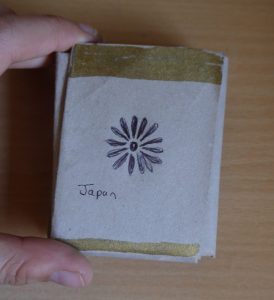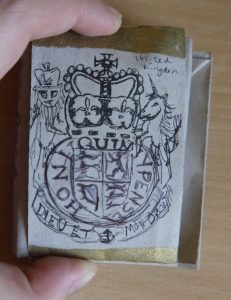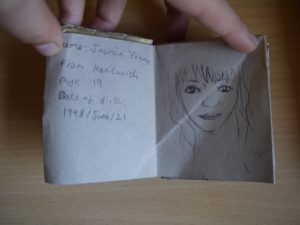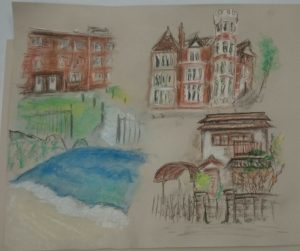Ilya Kabakov (Contemporary Artists)
The book “Ilya Kabakov” gives an overview of his range of works. Kabakov is a Russian artist who was born in the 1933, where he has experienced life under the regime of the Soviet Union. The tone of the book is subtly critical of the regime and the art which was produced at the time.
I found the pieces of ‘working with garbage’ the most fascinating in the book. Works such as “the man who never through anything away” was a key focal point in his ideology to do with garbage. This work started with Kabakov realising he never really cleared out his studio that he had worked for more than 20 years. He decided to collect paper scraps and started to file them. This process created importance and value to Kabakov. Archiving these papers was like Kabakov’s treasuring memories. Memories over time are “reconciliations tied to one another” which made it difficult to throw the papers away. But these papers only have significance to him and no one else because to others it is only rubbish.
The reason why he was so obsessed with working with rubbish was because “the work of art and the piece of garbage is equally as useless, non-functional, superfluous things, peripheral to the universal traffic in commodities ”. The main difference between art and rubbish is that art is kept safe in a studio or museum, where rubbish outside or thrown away. However, art not recognised can be seen adding to the ‘garbage heap of history’, depending on the perceptions of the viewer.
Bibliography
Chekhov, Anton, Groys, Boris, Kabakov, Ilya, (1988). Ilya Kabakov (Contemporary Artists). Phaidon Press (20 Oct. 1998)




